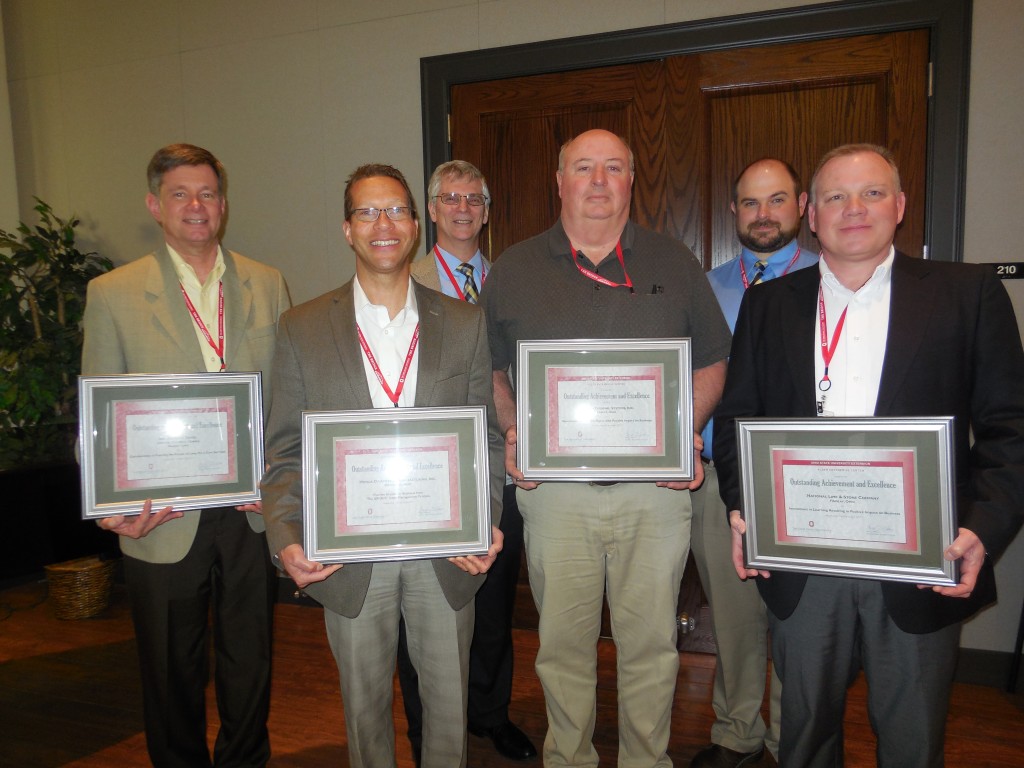
Strategies for Organization Success.
It’s no secret that there are many factors directly linked to the performance of your organization. Possibly the most important of these factors, and most devastating when things go wrong, is your organization’s culture. At Alber Enterprise Center, we recognize culture as the collection of behaviors, beliefs, values, interactions, and attitudes that impact how things get done in your organization. These are reflected in your organizational processes, systems, communications, products/services, and most importantly your public image.
So what happens when your organizational culture doesn’t align with your organizational goals?
Well…you’ll find yourself fighting an uphill battle if you ever desire or NEED to create change to stay competitive. A culture that is aligned with strategic goals drives better performance, greater financial returns, clearer vision, and employees who are more motived, happy, and engaged.
Doesn’t that sound great? You’re probably wondering…how do we know if our culture is aligned with our goals? Or, if you have the inclination to believe that your culture is not aligned, you may be wondering…where do we begin to gain alignment?
You may have heard the saying “culture eats strategy for breakfast.” Well, that can indeed be the case when your strategy doesn’t take into account your culture’s influence. What about positioning your culture to enable strategy? What about taking a positive perspective and focusing on your strengths to better enable your strategy? Research supports that leaders who invest the same energy in their cultures as they do other key performance measures experience greater organizational success.
Noted authors on organizational change and culture, such as Kotter and Cameron & Quinn, claim that today’s organizations must be able to successfully undergo change if they are to succeed in an increasingly complex and constantly shifting society. Change is imperative, yet organizations rarely meet their intended objectives. Leaders may set out to change the “shiny object” such as technical alterations in processes to try to improve performance; however, in reality it is typically a culture change that is needed for their organization to meet their objectives.
Can you imagine a culture that utilizes what your organization is doing well to help you do even better? Taking a strengths approach will allow you to create positive momentum and experience positive returns sooner than later. Here are four steps we at Alber believe are the ways to getting a strengths-based culture.
- Gather information through structured assessments to fully understand your current situation
- Assess the gaps between where the data reveals you are vs. your ideal situation for optimal performance and success in your organization
- Determine how to move from where you are to where you want to be
- Implement an intentional plan that engages your new strengths-based culture and mindset.
These strategies will move the needle to greater organizational success.
















